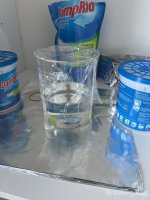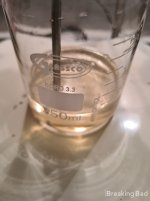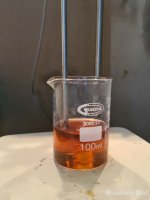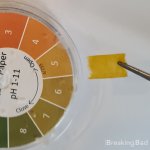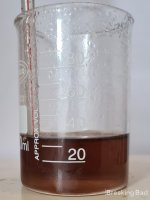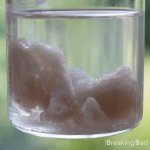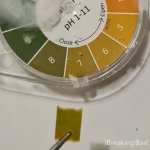UWe9o12jkied91d
🥷 RESIDENT 🥷
- Joined
- Aug 8, 2022
- Messages
- 672
- Reaction score
- 512
- Points
- 63
- Deals
- 5
here, i made this a while back, the first row describes "my" procedure, i didnt go into detail for D-tartaric acid route because I don't have first hand experience, but using L-tartric in excess as described produces, I think atleast, pretty optically pure product, I don't have a way to prove it yet but the theory checks out, as well as the pharmacology being noticeably better, lower heart rate, no spasm, reduced bruxism.Also the fact that L-tartaric acid(they make the distinction) gets siezed on the regular if you keep up with the literature.It's a case of "trust me bro" but like I said, the theory is solid.
I will put in some work these coming days, working "on the record" with my results and proportions and I might open a thread to show my findings, or post here idk
also excuse the artwork, I am not the best graphic designer

I will put in some work these coming days, working "on the record" with my results and proportions and I might open a thread to show my findings, or post here idk
also excuse the artwork, I am not the best graphic designer

